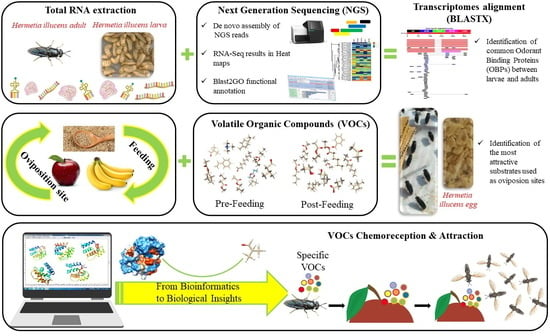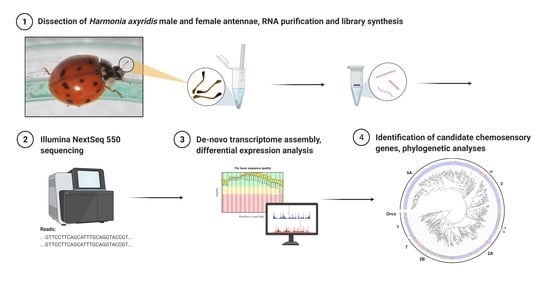Insect Sensory Biology
A topical collection in Insects (ISSN 2075-4450). This collection belongs to the section "Insect Physiology, Reproduction and Development".
Submission Status: Closed (1 September 2025) | Viewed by 116282Editors
Interests: insect olfactory-guided behavior; olfactory coding; neuroanatomy; plasticity of sensory systems
Topical Collection Information
Dear Colleagues,
Insects are highly successful organisms with sophisticated sensory equipment. Investigating their sensory biology is crucial in order to understand their rapid adaptation to a large variety of environments. Here we would like to illustrate how sensory systems deal with adaptations to specific natural or anthropogenic environments, and how these findings may help in ecosystem conservation or the control of insect pests. For this Topical Collection we invite contributions dealing with advances in insect sensory biology from molecular, anatomical, and physiological aspects up to behavioral, ecological, and evolutionary studies.
Dr. Sylvia Anton
Collection Editor
Manuscript Submission Information
Manuscripts should be submitted online at www.mdpi.com by registering and logging in to this website. Once you are registered, click here to go to the submission form. Manuscripts can be submitted until the deadline. All submissions that pass pre-check are peer-reviewed. Accepted papers will be published continuously in the journal (as soon as accepted) and will be listed together on the collection website. Research articles, review articles as well as short communications are invited. For planned papers, a title and short abstract (about 250 words) can be sent to the Editorial Office for assessment.
Submitted manuscripts should not have been published previously, nor be under consideration for publication elsewhere (except conference proceedings papers). All manuscripts are thoroughly refereed through a single-blind peer-review process. A guide for authors and other relevant information for submission of manuscripts is available on the Instructions for Authors page. Insects is an international peer-reviewed open access monthly journal published by MDPI.
Please visit the Instructions for Authors page before submitting a manuscript. The Article Processing Charge (APC) for publication in this open access journal is 2600 CHF (Swiss Francs). Submitted papers should be well formatted and use good English. Authors may use MDPI's English editing service prior to publication or during author revisions.
Keywords
- insect
- behavior
- anatomy of sensory structures
- sensory physiology
- central integration of sensory information
- molecular characterization of sensory systems
- sensory ecology






































